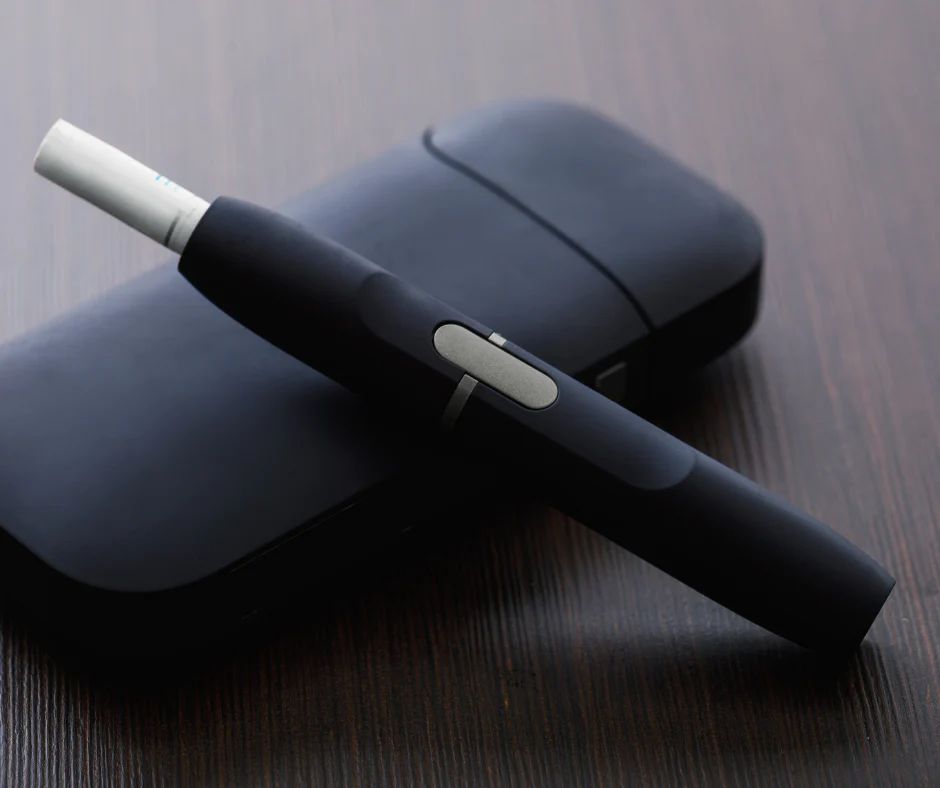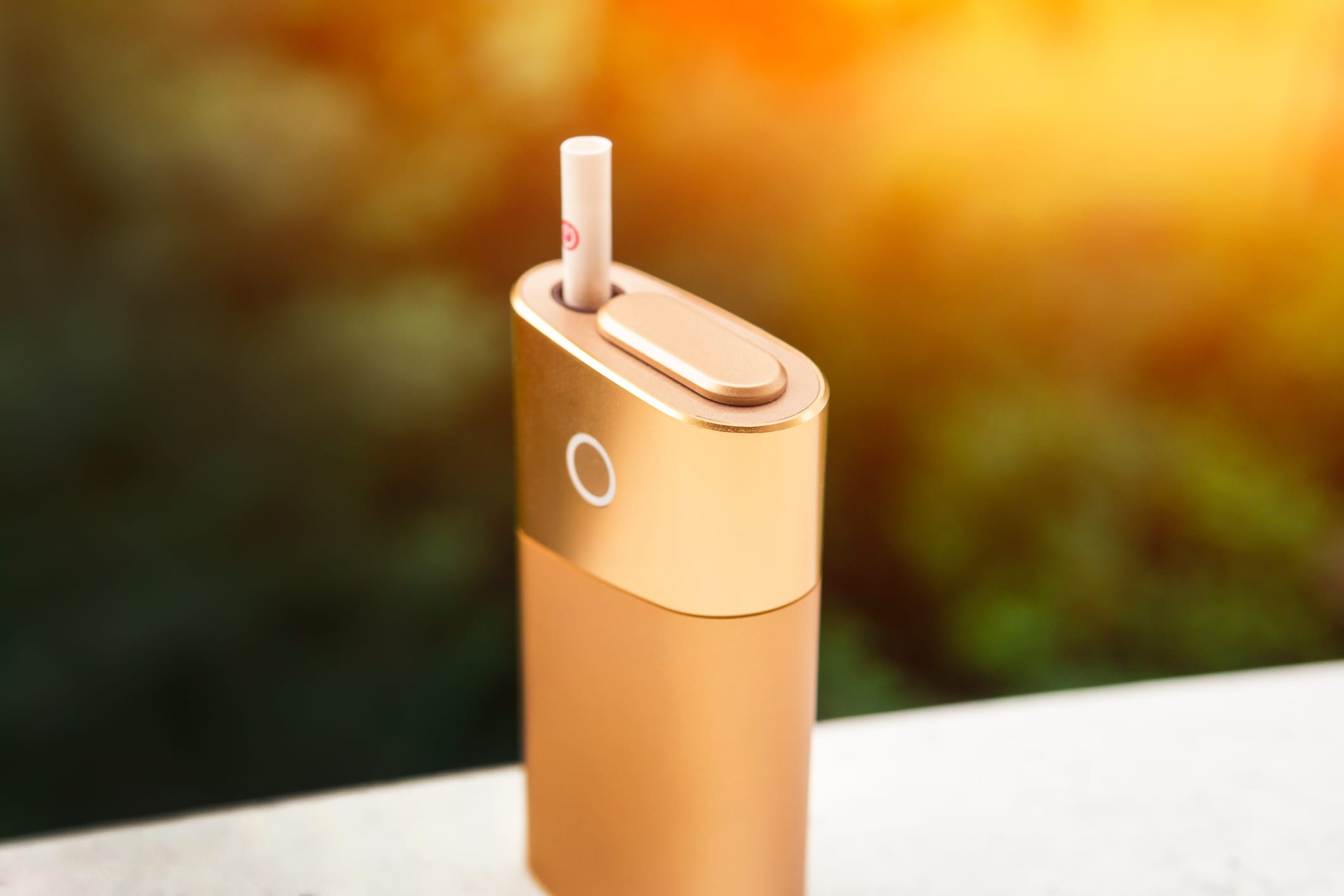In recent years, the tobacco industry has undergone a revolution with the introduction of a rapidly growing alternative to traditional cigarettes – heated tobacco.
This innovation has attracted the attention of almost all sectors of society, from consumers and innovation enthusiasts to health professionals and public authorities. Heated tobacco devices are a middle ground between traditional and electronic cigarettes, so today, let’s take a closer look at their origins, how these devices work, and what the experts say.
What is heated tobacco?
As the name suggests, incandescent tobacco is heated rather than burned during smoking (as is the case with conventional cigarettes).
Special devices heat the tobacco leaf to a certain temperature, releasing nicotine and flavorings as an aerosol before the combustion process begins. This difference is essential because the burning of tobacco releases harmful chemicals that cause various diseases, such as lung cancer, cardiovascular disease, and respiratory problems.
Origin of heated tobacco

Cigarette smoking originated in the search for alternatives to traditional smoking, with pioneering countries such as Japan. It is this country’s technological advances, knowledge, and stubbornness to develop tobacco products that are less damaging to health that has led to the spread of these innovative devices around the world.
Tobacco is deeply rooted in Japanese history and culture. Many will have heard of the traditional Japanese “kiseru” pipes and the impressive cigarette vending machines (which Japanese film buffs will recognize).
Unsurprisingly, this culture has provided a fertile ground for introducing innovative products. In the late twentieth century, as concerns about the health risks of smoking grew, the Japanese began to look for a new way to reconcile their tobacco traditions with the preservation of health.
Early efforts and research. The impetus for the development of explosive tobacco technology in Japan can be attributed to the country’s efforts to curb the adverse health effects of smoking. In the early 2000s, as more and more research on the negative effects of tobacco emerged, Japanese tobacco companies began to invest in developing less harmful alternatives.
One of the most critical moments in the history of combustible tobacco came with the introduction of the Ploom device. This device uses a patented technology that heats the tobacco leaves without burning them and delivers nicotine and flavorings in an aerosol (see more). The Ploom heated tobacco products were a significant step towards the commercialization of heated tobacco products.
Companies such as Philip Morris International have also contributed to the popularity of the technology, and the popularity of the devices is not only due to technological innovation but also to a successful marketing strategy that has presented combustible tobacco as a modern and viable alternative to traditional smoking.
How does heated tobacco work?
The functionality of snuff devices is at once simple and innovative
Typically, these devices have two main components: a holder and a tobacco stick containing tobacco specially treated for heating. When the tobacco stick is inserted into the holder, the tobacco is heated to a controlled temperature by electronic heating elements. The heating temperature of the device is typically between 180-200 degrees Celsius, which is considerably lower than the temperature required to light tobacco in a conventional cigarette.
Thus, in this case, the tobacco does not burn but produces nicotine and flavor-carrying vapor without harmful combustion products.
Regulation and distribution

The attitude of the Japanese authorities towards combustible tobacco products has played a decisive role in their diffusion. Unlike many countries that have adopted a cautious stance, the Japanese authorities have embraced combustible tobacco as a potential harm-reduction measure. The government’s willingness to regulate these products separately from combustible cigarettes has contributed to their rapid market integration.
In addition, the willingness of the technology-loving and technology-accepting Japanese public to substitute tobacco use with something potentially less harmful has been more favorable compared to some other countries.
In any case, the success of combustible tobacco in Japan has generated worldwide interest in the long term. Many consumers saw the technology as a viable alternative and a potential reduction in health damage.
Regulatory challenges
The introduction of combustible tobacco products has generated considerable debate in the public and among health professionals. Proponents of the new devices argue that these products represent a potential harm reduction approach compared to traditional smoking. They stress the reduced release of harmful chemicals and see the devices as an alternative for smokers.
However, critics express doubts. One of the most common arguments is the attractiveness of combustible tobacco to non-smokers, which may make these products attractive to a whole new range of users. Many are also concerned about the as-yet-unknown long-term health effects of the aerosol.
The attitude of the authorities towards combustible tobacco also varies considerably between countries. Some countries use these products as harm-reduction measures. Others are cautious and concerned about the wider societal consequences and potential unstudied risks.
Impact on public health

The emergence of combustible tobacco products and their impact on human health is not yet fully understood and is a source of much debate.
On the one hand, if these products do pose a lower health risk than traditional tobacco, they would be a good alternative for those who want to lead a healthier lifestyle but are not yet ready to give up the harmful habit. This would contribute to a positive impact on overall public health and reduce smoking-related diseases and mortality rates.
On the other hand, the emergence of combustible tobacco raises questions that cannot yet be answered due to a lack of research. The normalization of smoking among young people is also worrying.
What lies ahead?
Heated tobacco products result from research, innovation, and the drive to find a less harmful way to smoke. These devices are often chosen by those who want to quit smoking or reduce exposure to toxic chemicals.
However, the impact of combustible tobacco on health and the general public is not yet fully understood. As these products continue to evolve, there is a need for comprehensive research, evidence-based regulation, and transparent communication to ensure that any potential benefits are presented alongside all possible risks.




